Spring for Citrus
Now in Spring is the best time to plant a citrus tree. Why? When new trees are planted now, they have the best chance of establishing in time for summer. When planted in fall, unestablished plants may not fare well through winter.
The many varieties we carry are proven performers in our area’s weather and native soil. We carry several dwarf root stock, such as satsumas, lemons and oranges. These are excellent choices for container planting. The container size should be a 7-10 gallon size. This allows enough space for the citrus. Click here for Planting Citrus in Containers.
All citrus enjoy well-drained soil with regular watering.
In general, citrus is ready for harvest and enjoyment beginning in late summer through early fall. Many gardeners like to pick off after the first light frost of the season. They say it makes the fruit sweeter, and we tend to agree! However, make sure to pick all fruit after a hard freeze because it could damage the crop if left on.
A fun fact about citrus trees is they are a host plant to the giant swallowtail butterfly, North America’s largest butterfly. This is a fluttery beauty you will be thrilled about having around your garden in Spring/Summer. When they are feeding, they may damage some of the leaves of your citrus, but your plant is fully capable to send out the new foliage as replacement!
Citrus trees do well in our area whether planted in the ground or in containers. Generally, dwarf citrus trees grow 8-10 feet tall & wide, and standard can be up to 20 feet. In a container, dwarf citrus will stay even smaller, especially with pruning.
Where to plant?
Plant citrus trees in a sunny, frost and wind-free location. Many citrus trees are frost-sensitive and southern exposure is best. Reflected heat from sidewalks, walls, driveways or other structures can also help to create a warmer “microclimate.” Avoid planting citrus in lawns as they do not like frequent, shallow watering. Don’t crowd the citrus or cultivate around them, as their root system is near the surface and can reach far beyond the drip line.
When to water?
Young trees need more frequent watering than older, more established ones. Watering will be more frequent during the warmer weather. Ideally, the top 2 inches of soil should be dry between watering. Deep watering is much more beneficial than frequent watering. Check soil moisture with a meter to make sure it stays barely moist 3-6’’ down.
When & what to feed?
Because citrus is evergreen, fertilizing can be done year-round. We recommend Dr. Earth Fruit Tree Fertilizer. If the leaves are yellow and the tree is being fed and watered correctly, it may be a trace element deficiency. Apply Espoma Citrus Tone to provide iron and other needed trace elements.
Citrus does not like alkaline clay soil. Help them by using a bark mulch every May over the roots, leaving 6’’ clear around the trunk. We offer cypress/cedar mulch as well as pine needles. Regular applications of mulch will keep roots cooler and better functioning, break down & provide nutrients, and acidify the soil to make iron and other trace elements available to the plant. Mulch also keeps weeds down.
If you see anything “weird” on your citrus, bring samples in a plastic Ziploc bag to our staff, so we can help you with our best advice for success with your citrus.

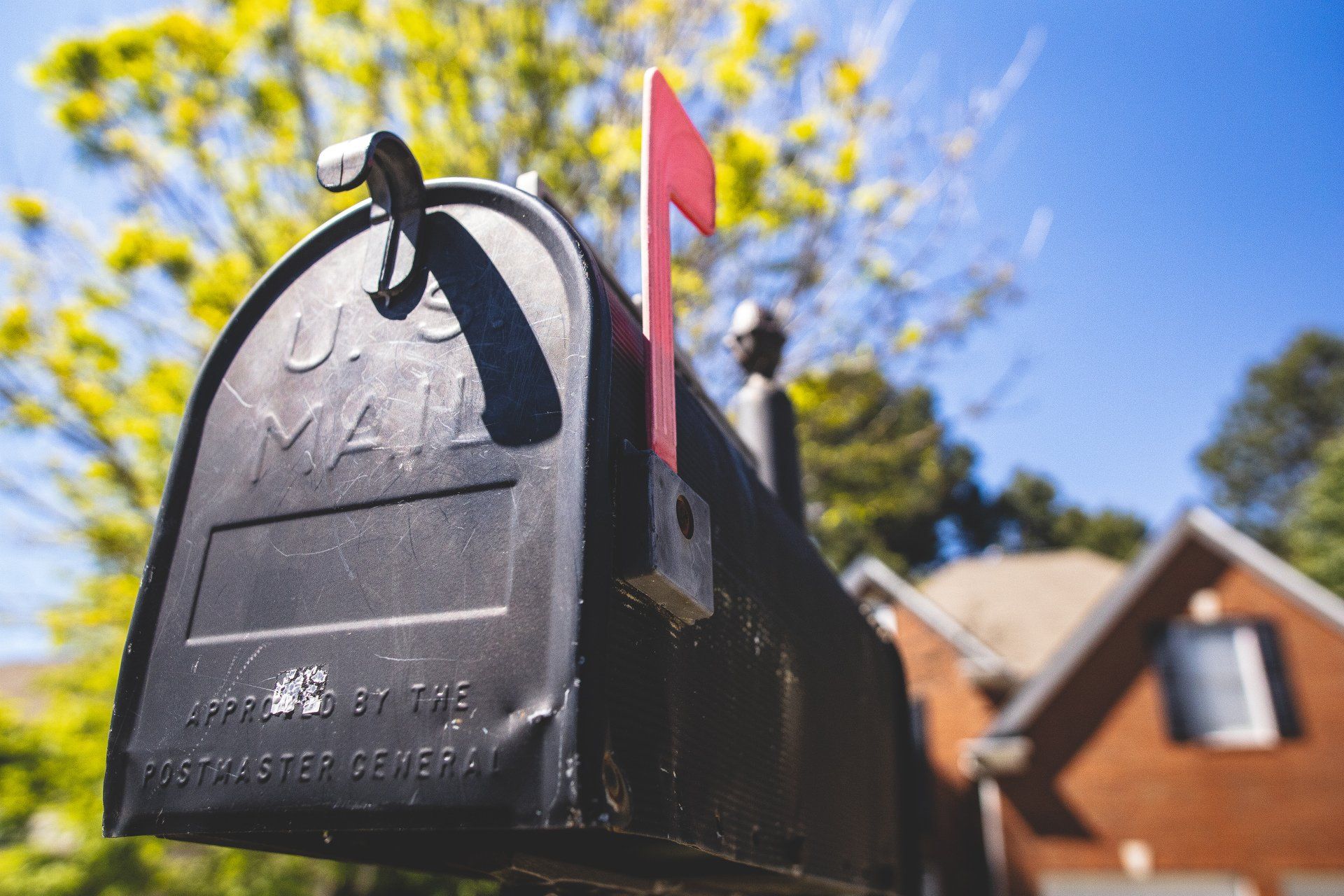
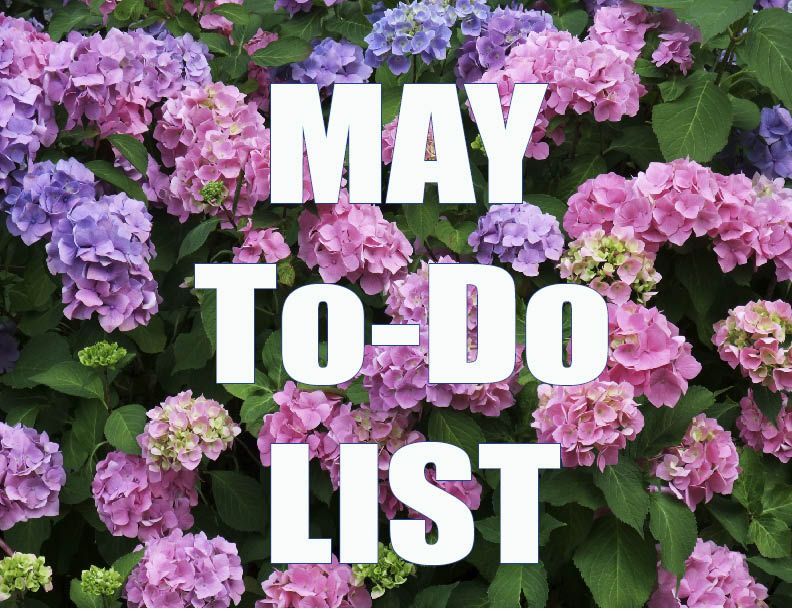
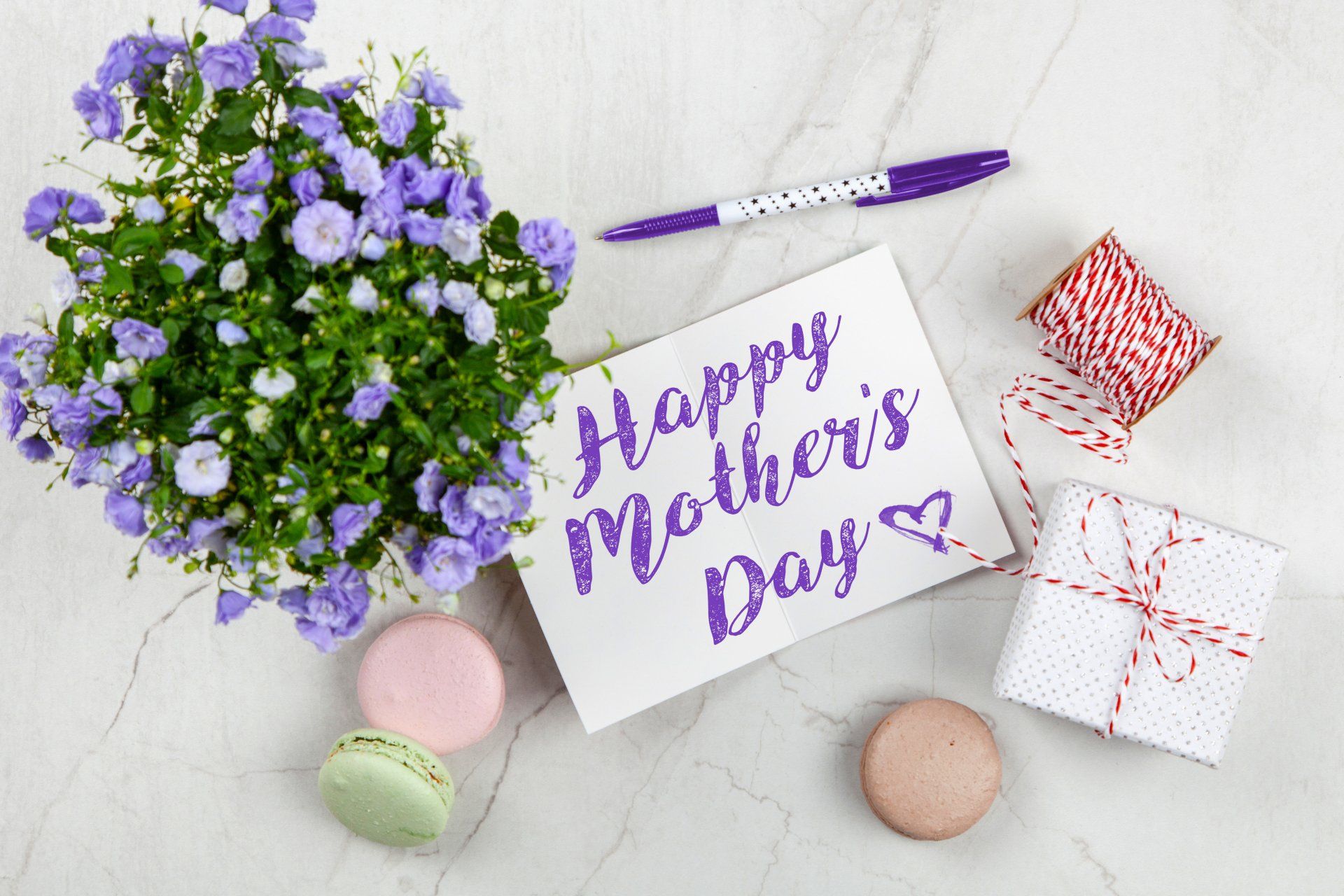
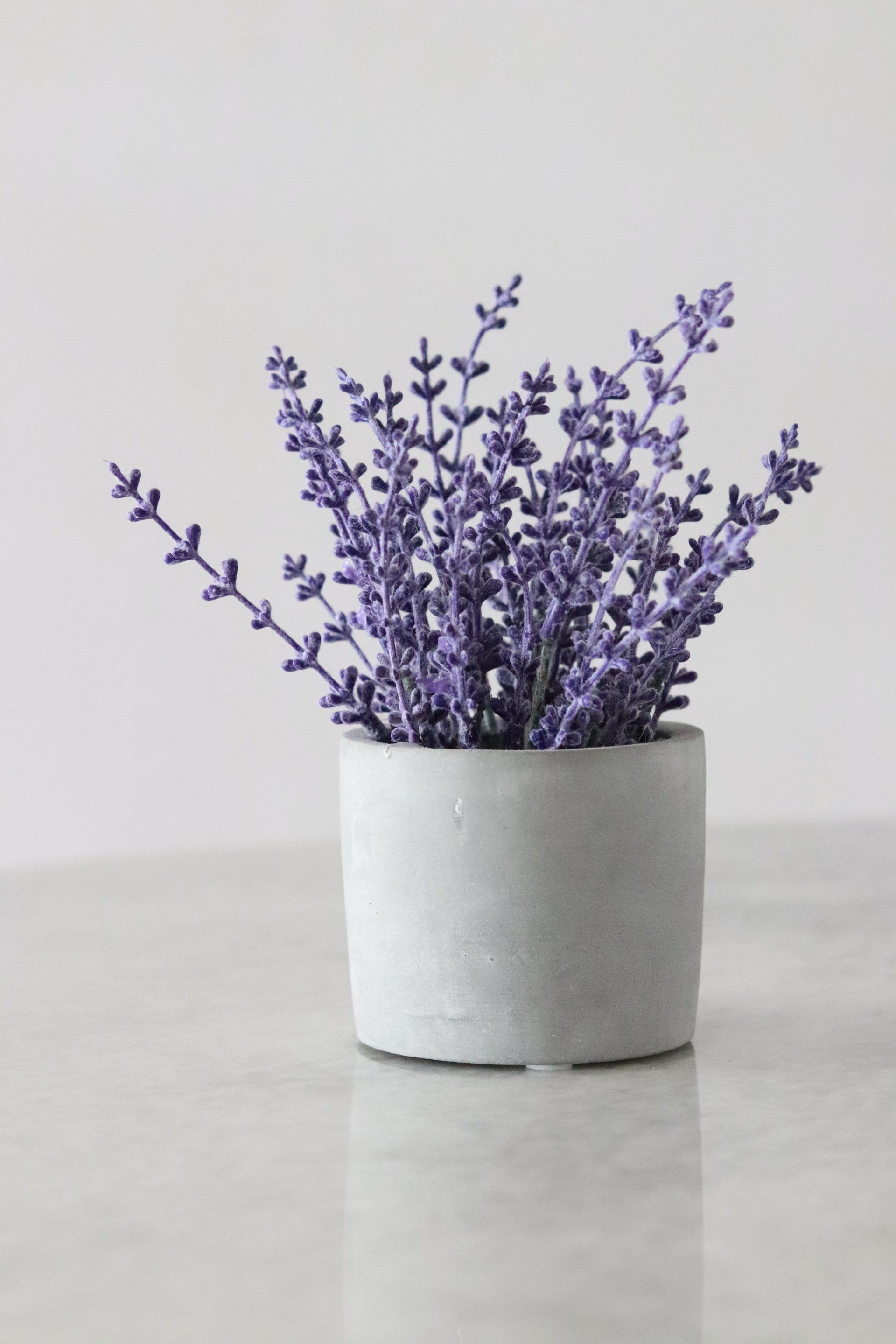
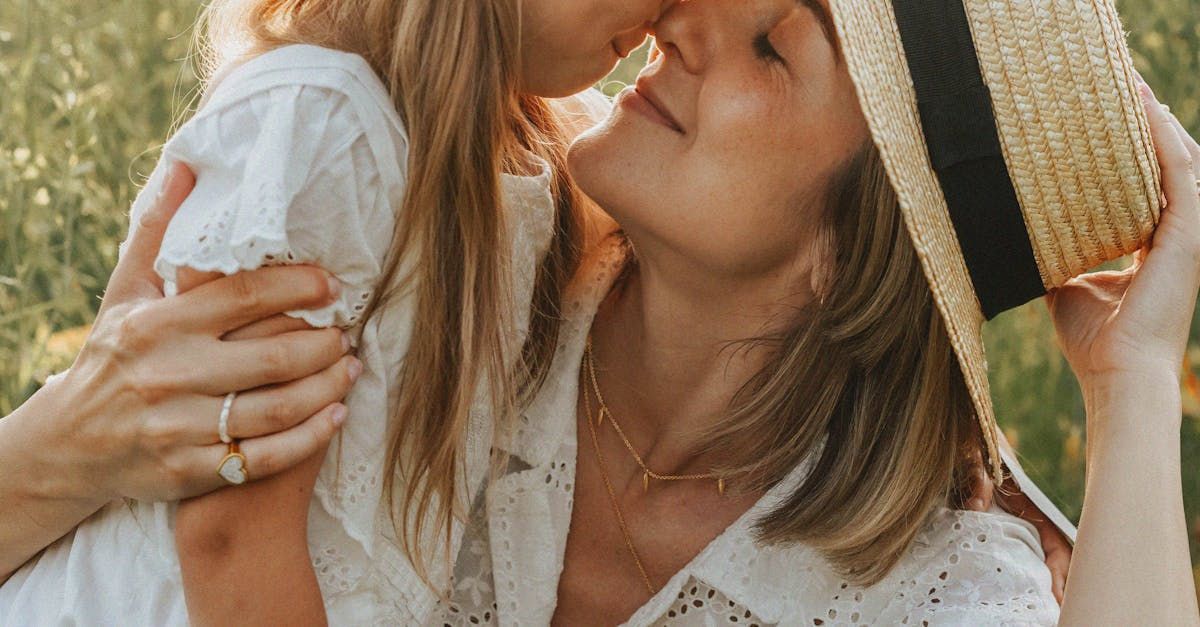
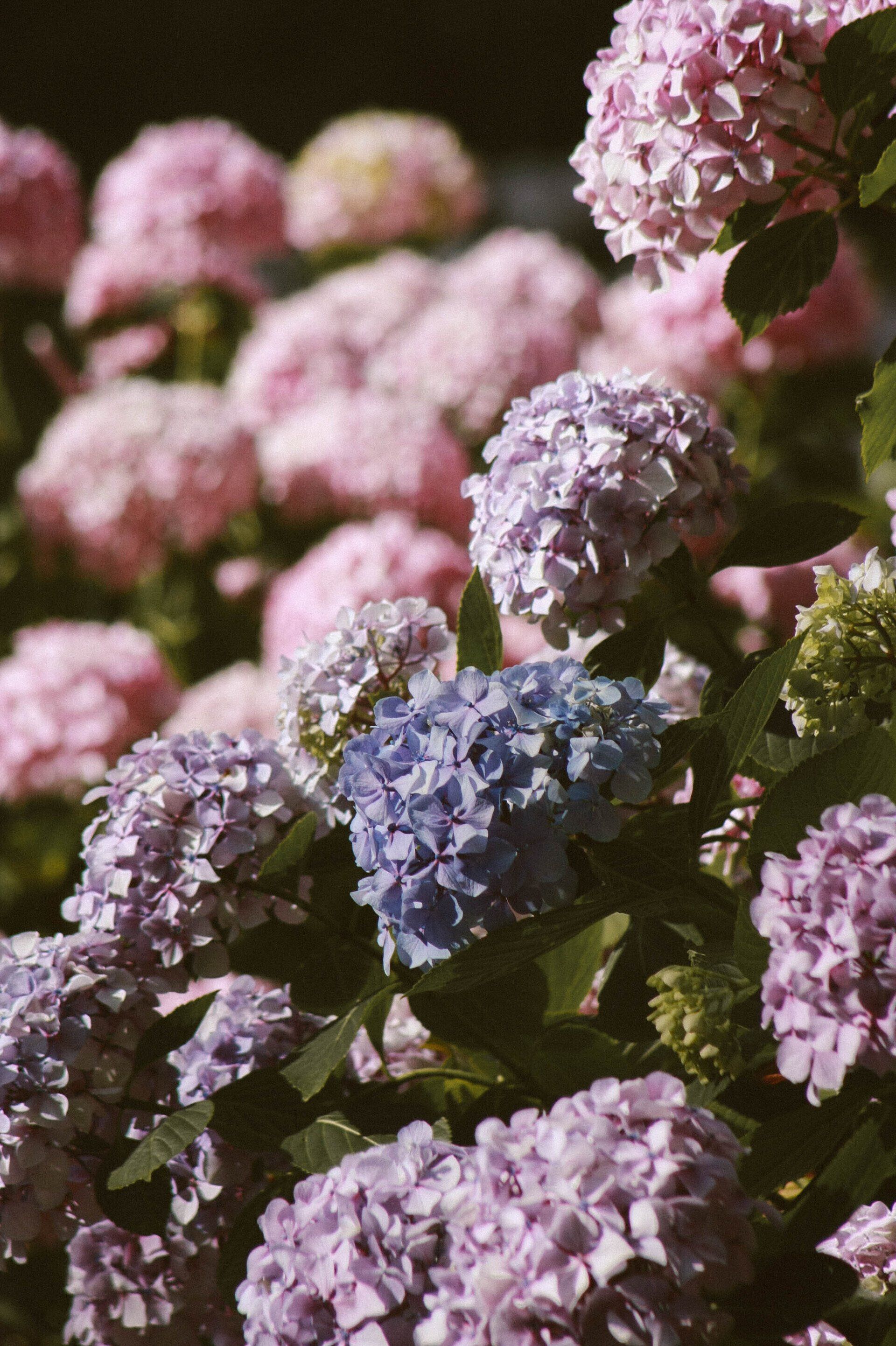
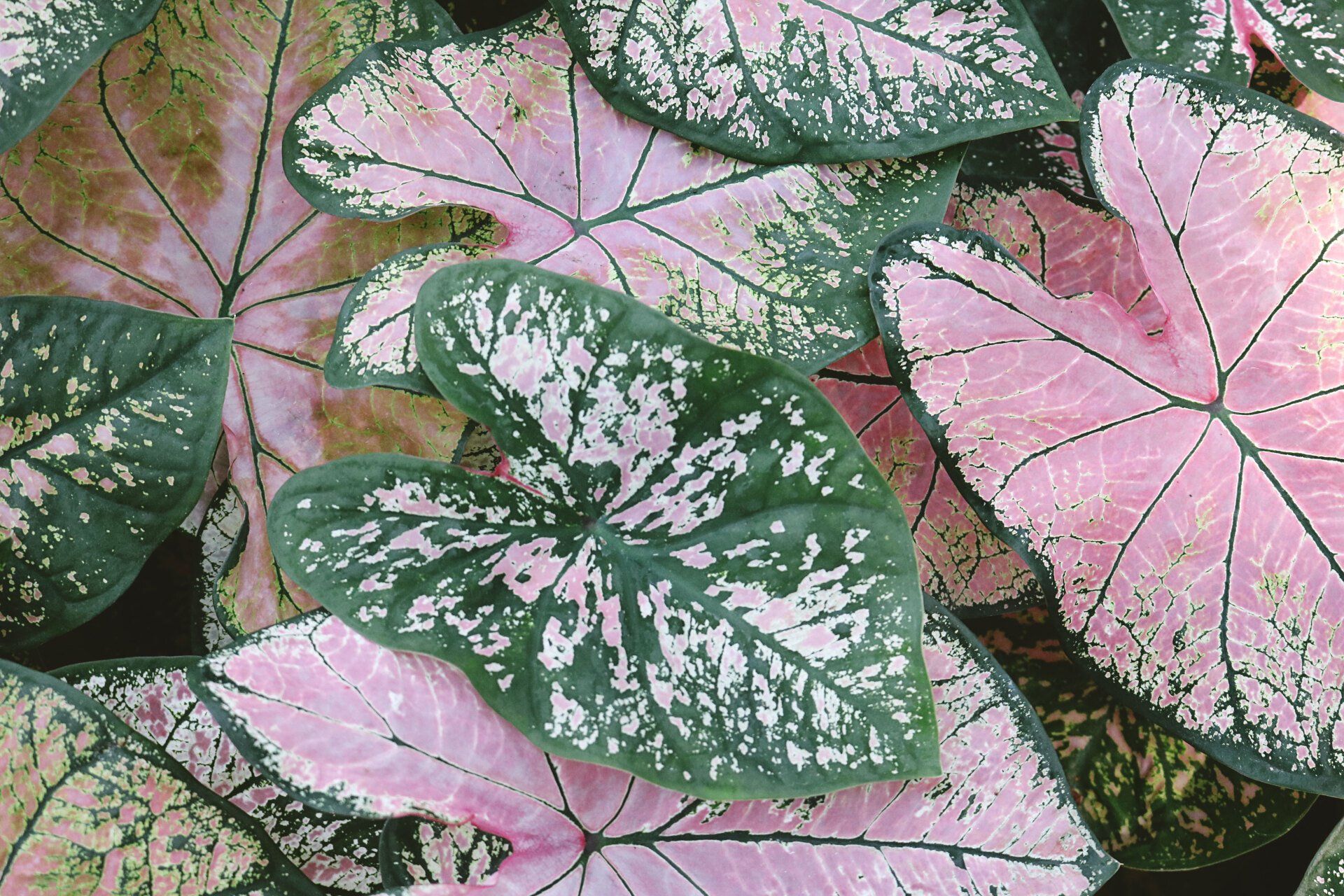
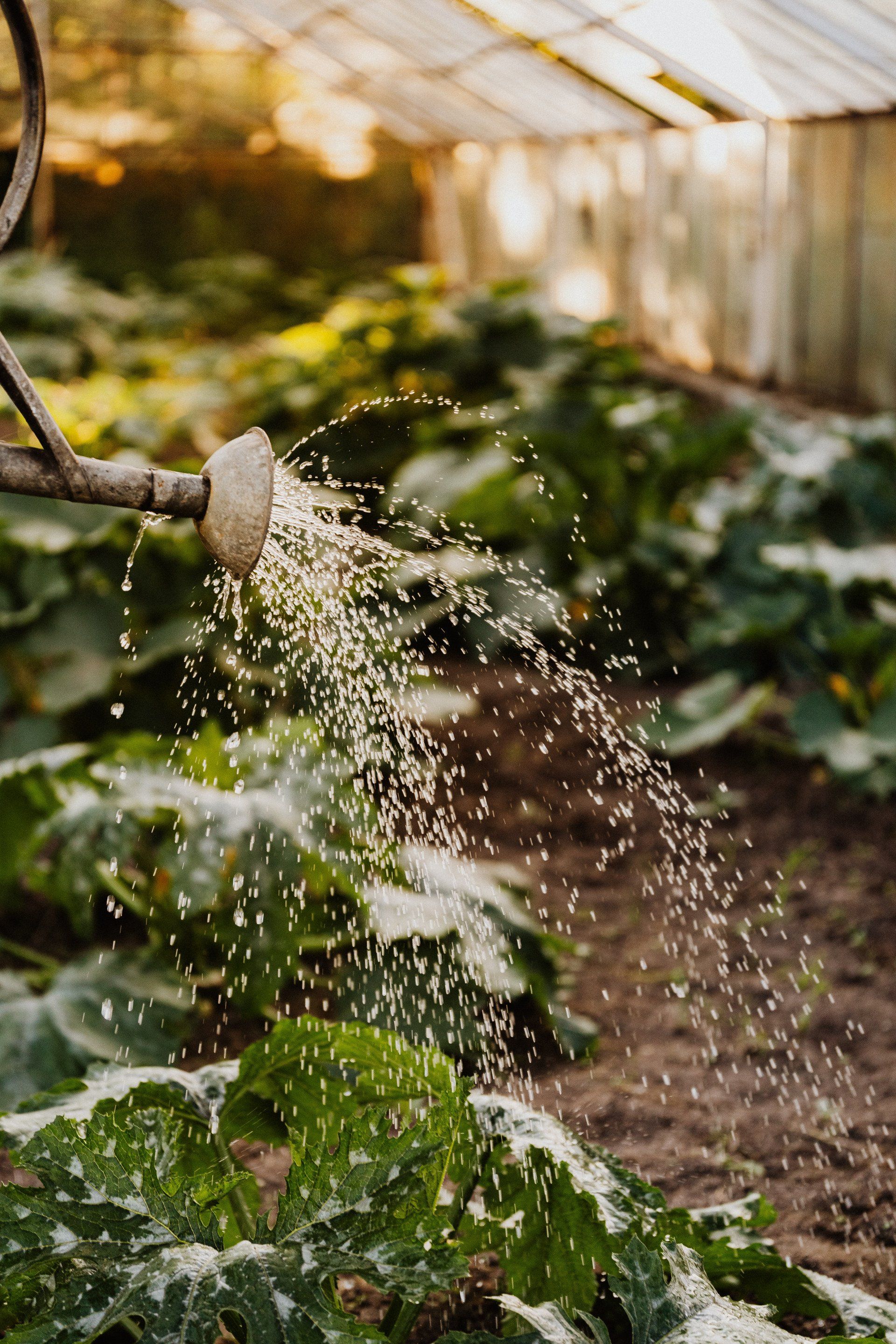
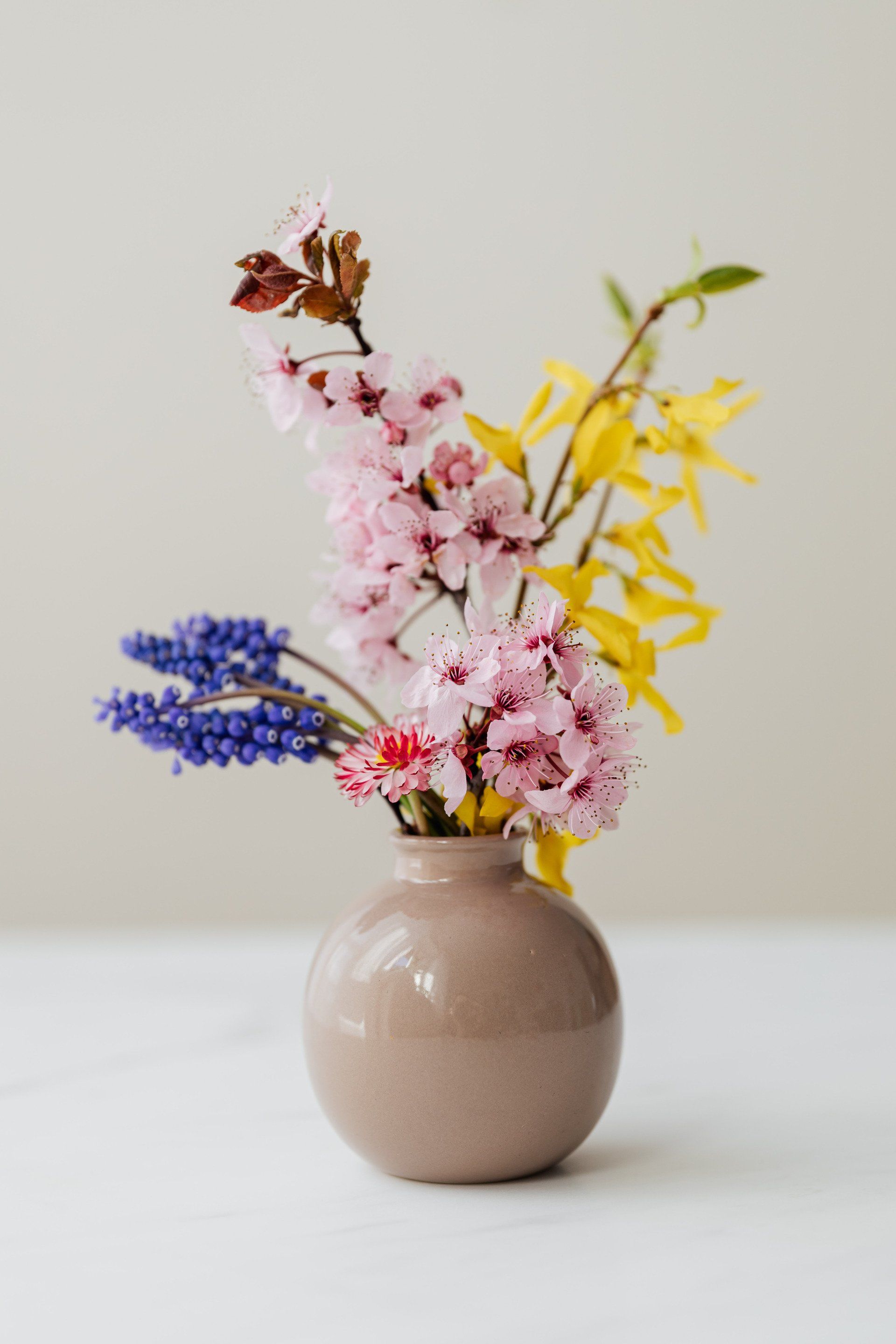
Browse Our Website
Our Services
Contact Information
Phone: (337) 264-1418
Email: info@buyallseasons.com
Location: 2974 Johnston St Lafayette, LA 70503
Business Hours:
Monday-Saturday: 9AM - 6PM • Sunday: 10AM - 5PM


